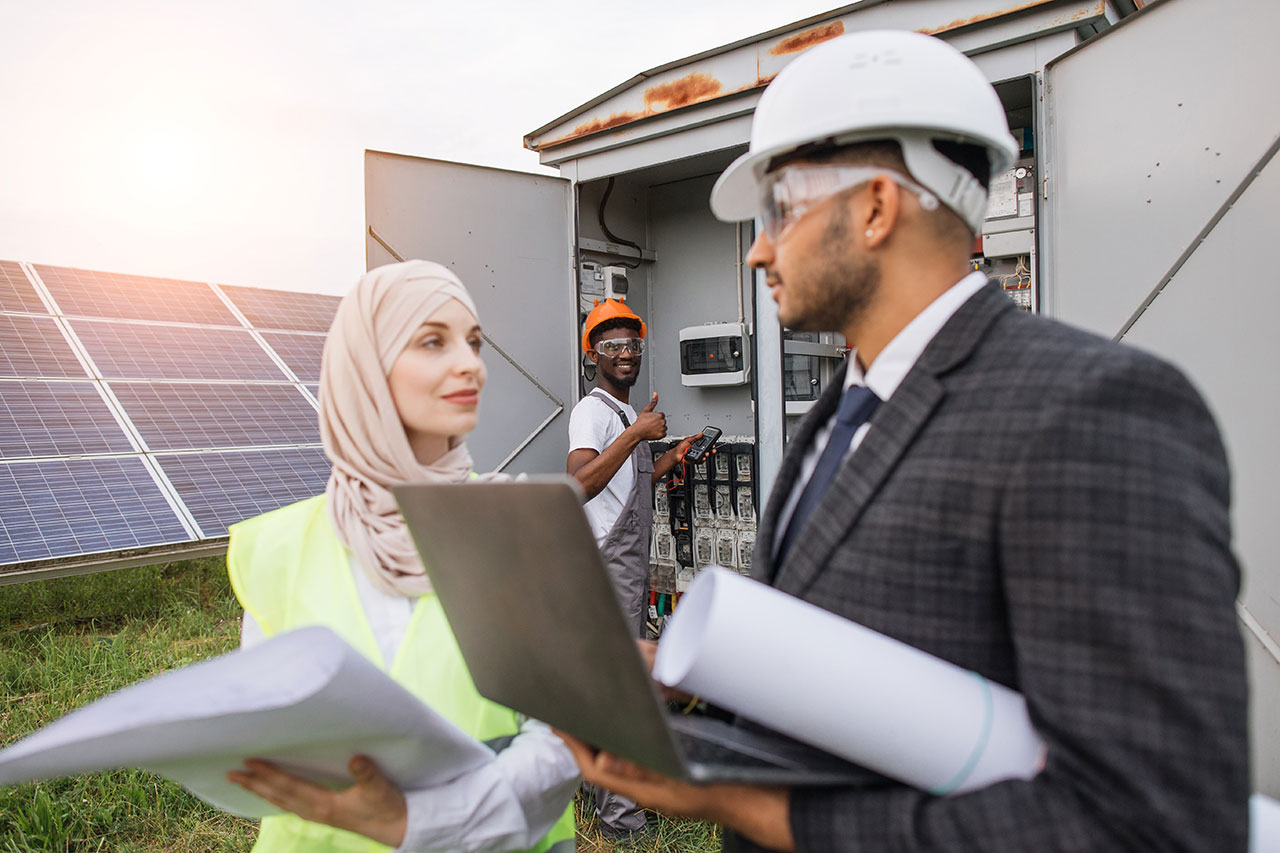Author: Robert McMillan

The festive period brought some good news for the global renewables industry, following a reasonably successful outcome at the global climate conference COP28. A slew of new orders for wind turbines and an optimistic outlook report on the solar industry set the stage for a year of good growth in 2024.
For reinsurers, a recovery in appetite for larger and more expensive projects also bodes well. Larger projects with bigger hardware come with greater Estimated Maximum Losses (EMLs), and those greater EMLs can increase primary carriers’ need to pass on a portion of the construction risks.
If this outlook bears out in 2024, it would mark a significant shift from the last year's trend. Comparatively high interest rates meant higher borrowing costs, encouraging the industry toward smaller projects with shorter construction timeframes and fewer supply-chain complications. All else being equal, such conditions leave insurers with less need to reinsure.
This dynamic encouraged smaller-size onshore wind farms last year, while some bigger offshore projects ran into trouble. Solar installations — which tend to be smaller and cheaper overall — also had a robust 2023, according to analysts Wood Mackenzie, as the significant supply-chain problems of previous years abated1.
As interest rates begin to fall, though, we may see the return of the renewables mega-project. In wind, December brought four 1GW-plus announcements for the turbine manufacturer Vestas; supplier agreements on three UK offshore wind projects in Norfolk2; and a 1.1GW order for Pattern Energy’s SunZia onshore wind project in New Mexico, USA3.
More firm orders will offer valuable base-load to Vestas' manufacturing plants and may even further the potential for more manufacturing locations, the company has suggested4. Significantly, two of the UK projects may potentially feature up to 184 of Vestas' new 15MW mega-turbines, which received certification from the Danish government in early December — clearly offering the company’s marketing and negotiations a significant boost5.
As noted in an earlier post, "The Role of Insurance in Building Better, Safer Windfarms," turbine growth is now a well-established trend. Siemens Gamesa is expecting to gain certification at the end of 2024 of their biggest wind turbine prototype yet — larger than its rivals'. It's being installed at the Østerild National Wind Turbine test center in Denmark6.
Meanwhile, Pattern Energy also handed some big wins to GE, which announced a record-breaking 2.4GW onshore wind turbine supply agreement for the SunZia project7 and, separately, a 1.1GW order for another development, the Western Spirit Wind Farms8.
These announcements will have been particularly welcome in the wind industry following several high-profile cancellations of US offshore projects in the preceding months. Ørsted’s review of its portfolio9, and the shelving of Equinor and BP’s New York Empire Wind 2 project10, are noteworthy indicators of the challenges we've seen from inflation, interest rates and supply-chain disruptions.
Nevertheless, as economic conditions improve, we can be optimistic these projects will reset and resurface. There are precedents for this optimism: work on one part of the Norfolk project referred to above was halted by Vattenfall in July due to spiraling costs, but was then sold to RWE in December, which confirmed it will resume11.
Other manufacturers who compete in this area will undoubtedly secure orders themselves when the time is right for their product, or when other manufacturers’ production facilities are close to full and struggle to meet clients' delivery times. This situation will potentially offer better pricing opportunities, although it may be balanced with more complex sites and a nervous wait to secure said projects.
Nevertheless, against a backdrop of falling costs of capital and continuing appetite for the low-carbon transition, there should be enough demand to go around — and potentially even enough to bring in newer turbine manufacturers from China.
The outlook for the solar market is similar. Wood Mackenzie expects its figures to show the US solar industry grew 55% in 2023, with 33GWdc of new capacity installed, chiefly due to the rebound in the utility-scale sector from the previous year’s supply-chain woes. It forecasts over 35GWdc in 2024.
And with increased political willingness to consider higher power prices, the viability of renewable projects’ business case improves — as do their total insurable losses, of course.
The insurance and reinsurance markets aren't afraid to support these products when demonstrable loss and income data is present. It's likely that there will be many more projects to protect in 2024, and at higher values.


